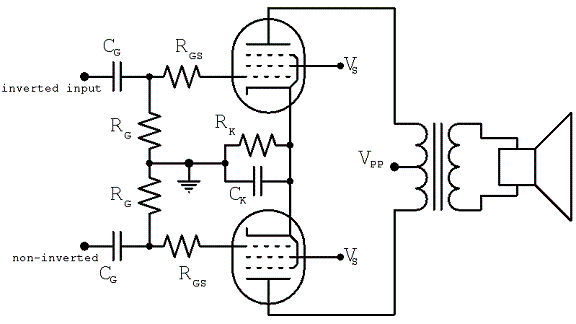

If you run your car battery down while trying to start your engine, what do you do? Most of the time you wait a while and try the starter again. to recharge or "reform" on it's own but it's very much like a battery.

I don't know the exact chemical process that causes a cap. A battery is built very much the same way. In the case of a modern capacitor these two plates and "electrolytic" insulator are rolled up into a can shaped enclosure much like a jelly roll. Just be sure to use a precision 1% resistor if possible or your reading can vary significantly.Ĭlick to expand.As I'm sure you know, a capacitor, in it's basic form is (2) metal plates separated by a dielectric insulator. You don't even have to get inside the chassis to do anything. When you are done testing/adjusting just pull your test leads off the chassis and test jack. A reading of 50 millivolts on your meter will equate to 50 milliamps current running through the tube(s) cathode. By reading the voltage (since it's across a 1 ohm resistor) you will also be reading the cathode current in milliamps without having to break into the high voltage plate circuit and put a milliamp meter in series with it.

When installed, you can measure the tube(s) cathode current by placing a voltmeter, one lead on the chassis and the other on the Test Point Jack and read the voltage. Mount the Test Point jack in a convenient location on the chassis and run a wire to the ungrounded end of the 1 ohm resistor. All it consists of is a precision 1 ohm (1/2 watt) resistor in series with the tube(s) cathode as shown in the attached schematic. What I did on my latest build is to insert these (2) parts in the cathode circuit of the Output tube(s).


 0 kommentar(er)
0 kommentar(er)
